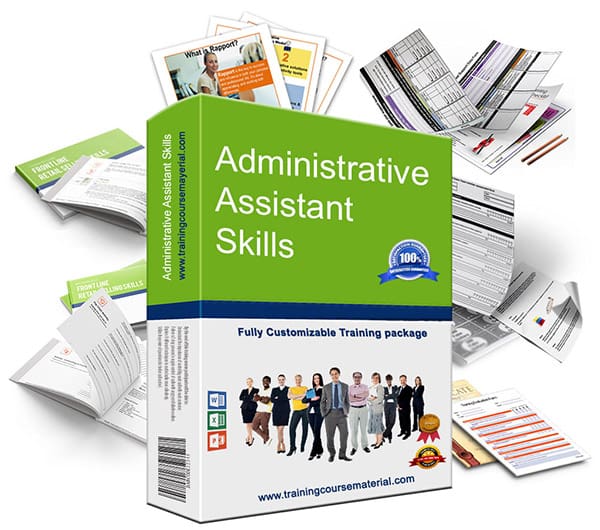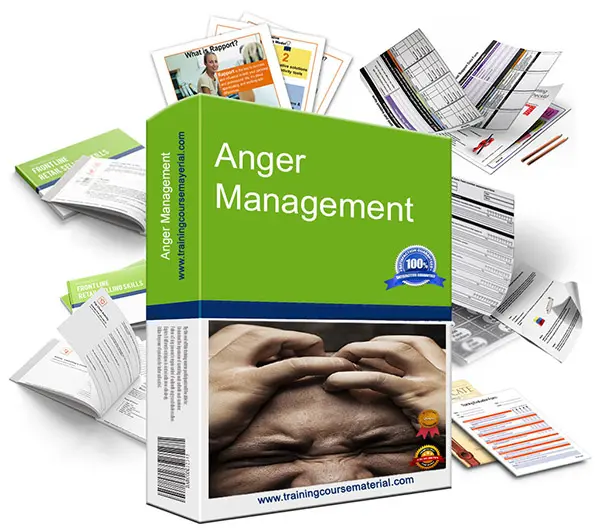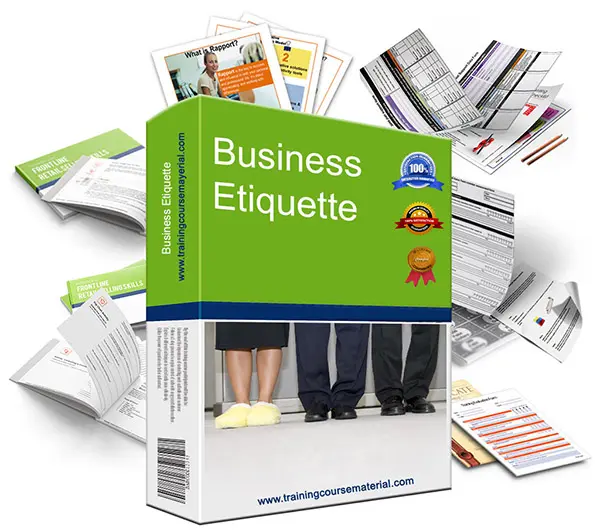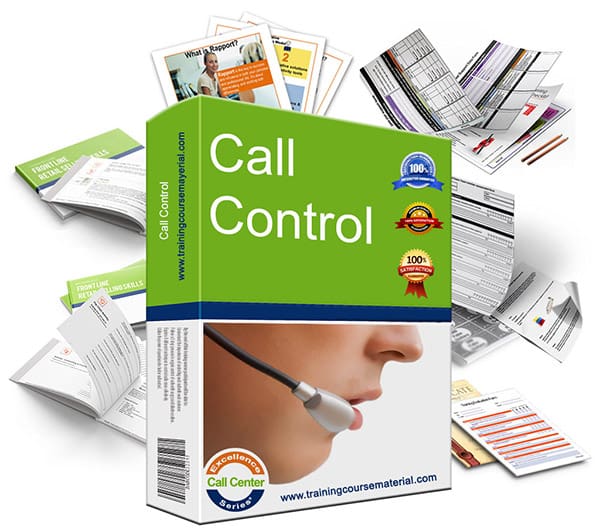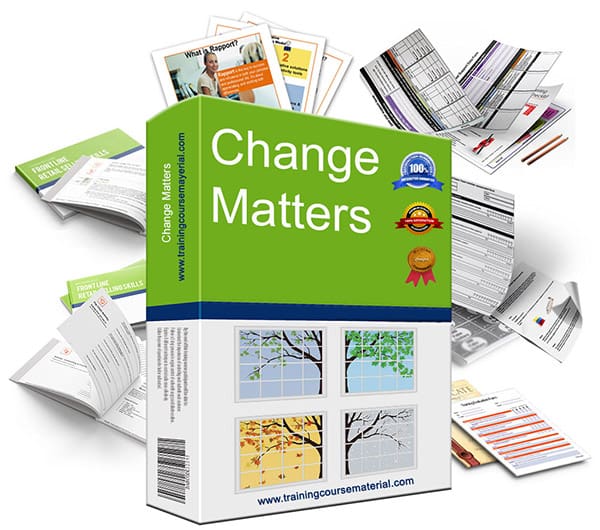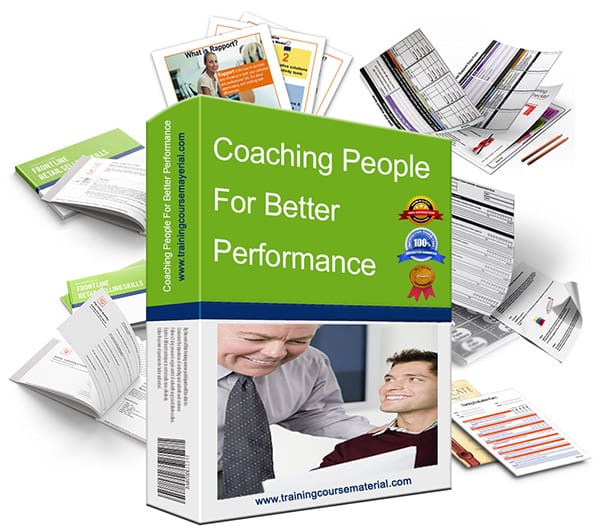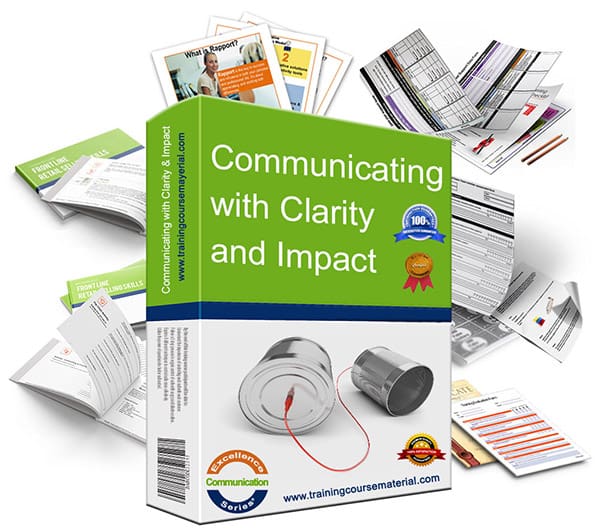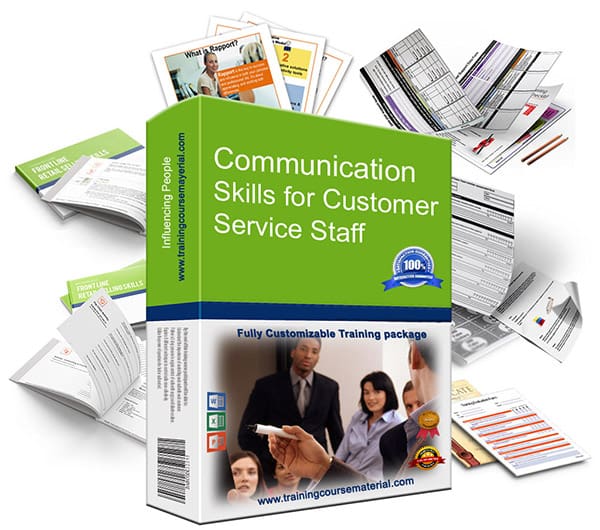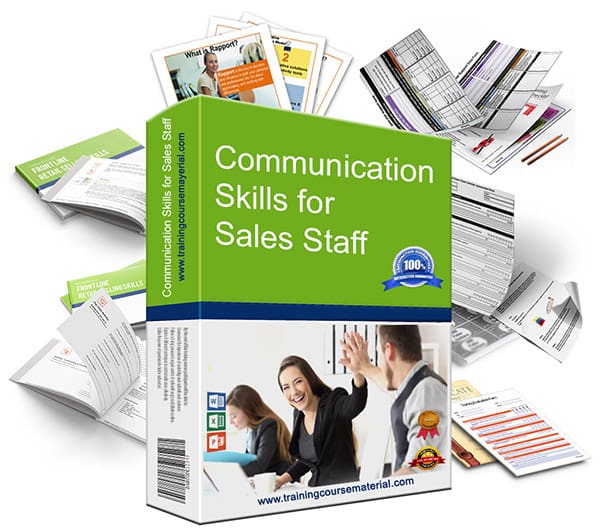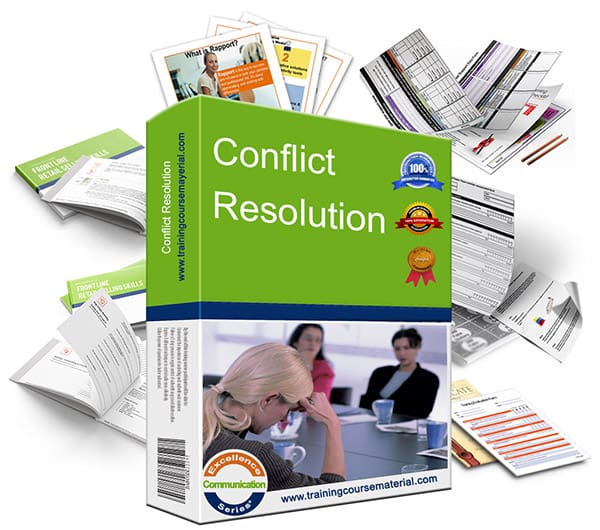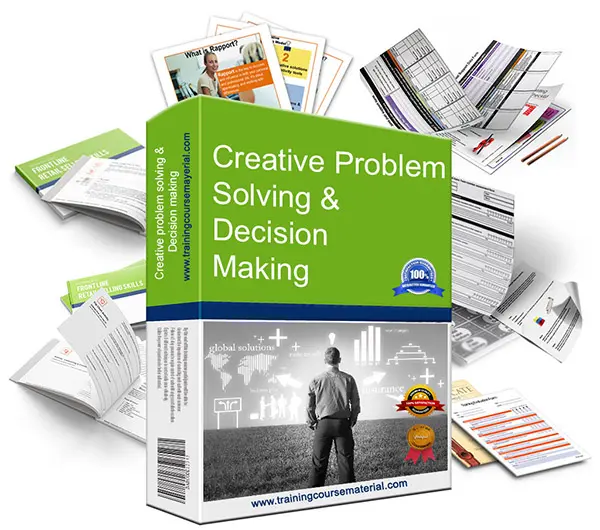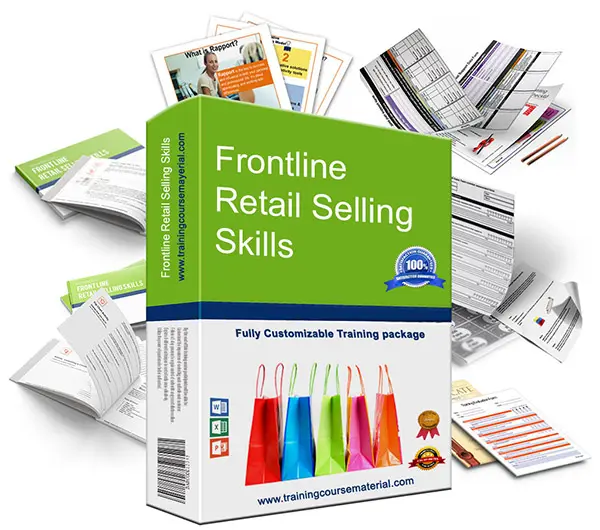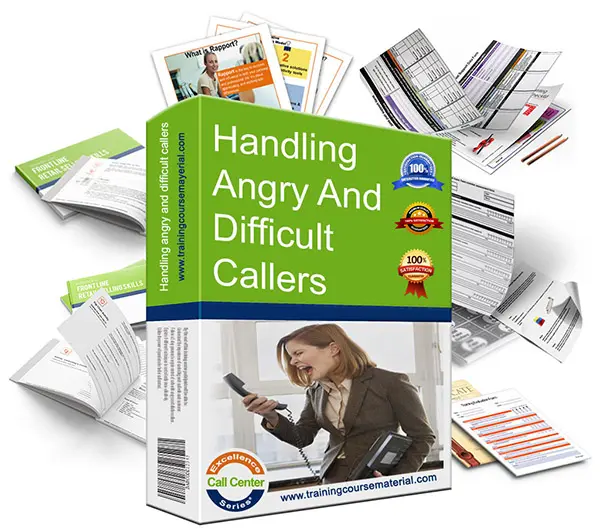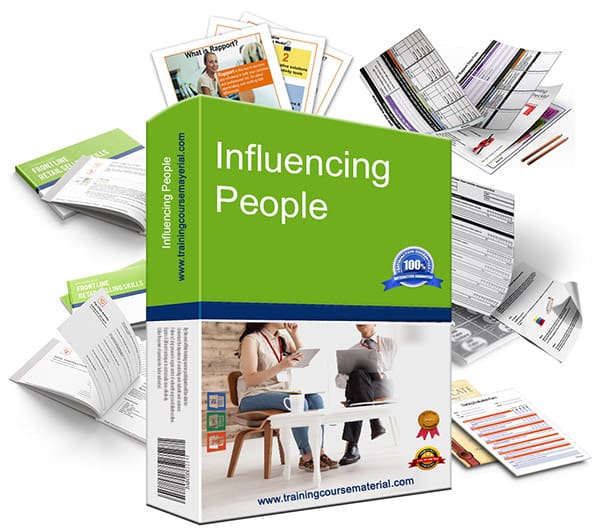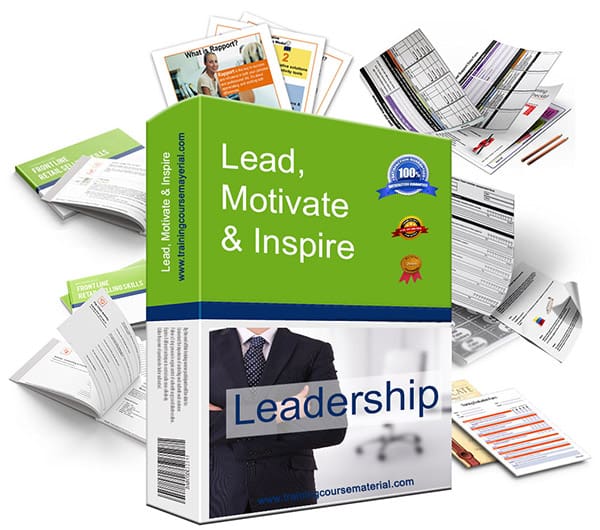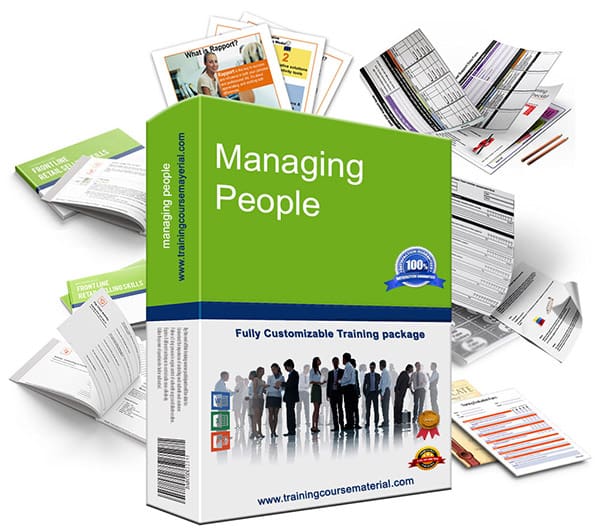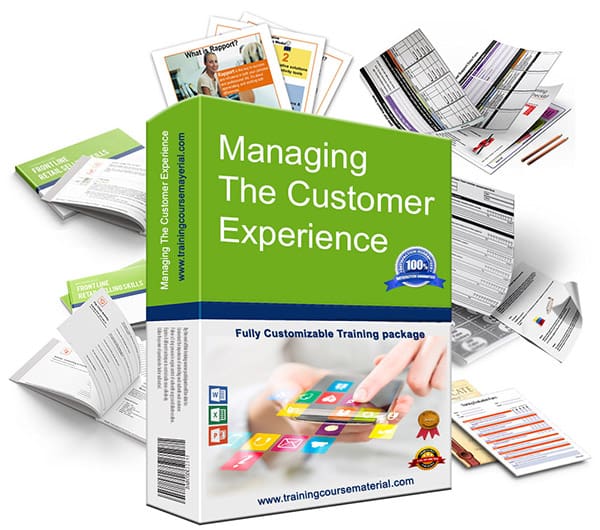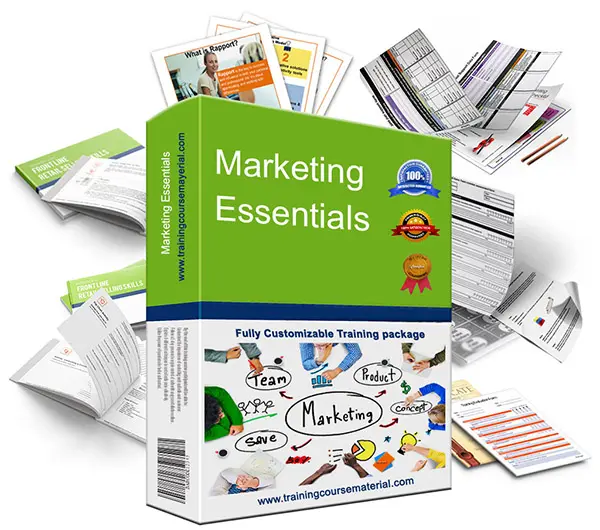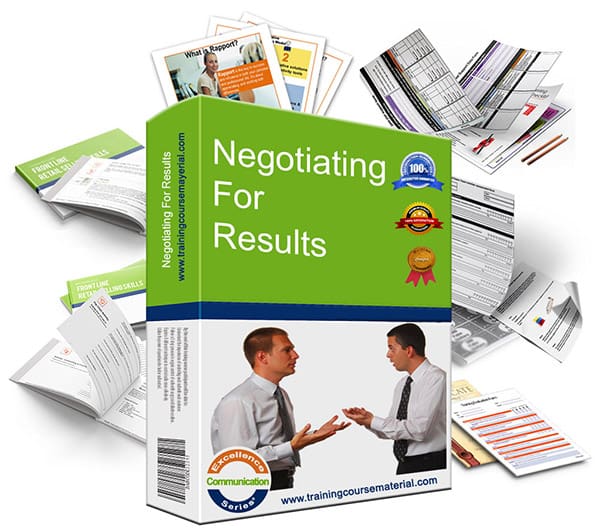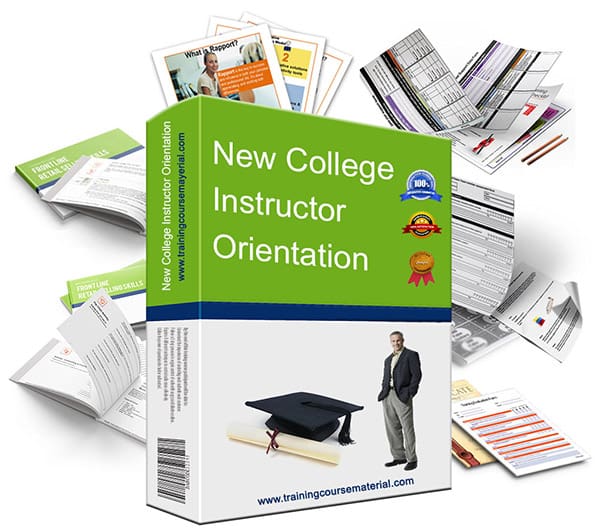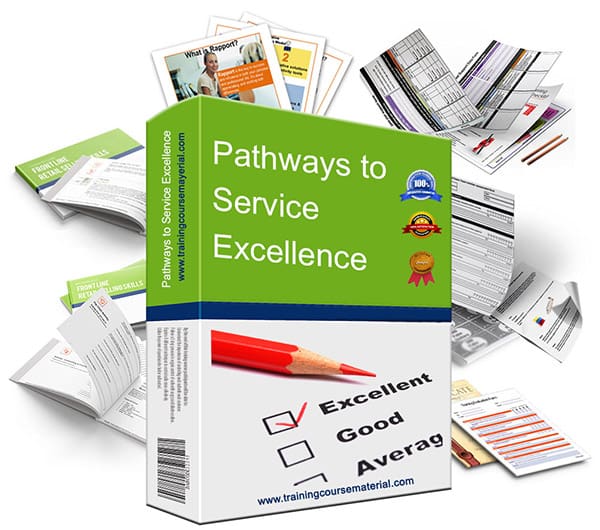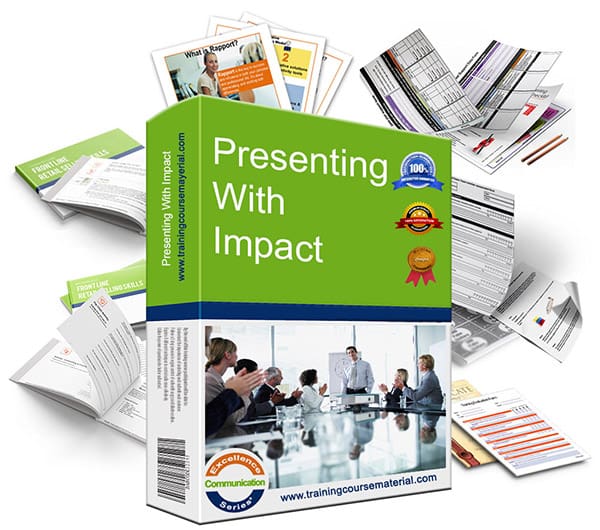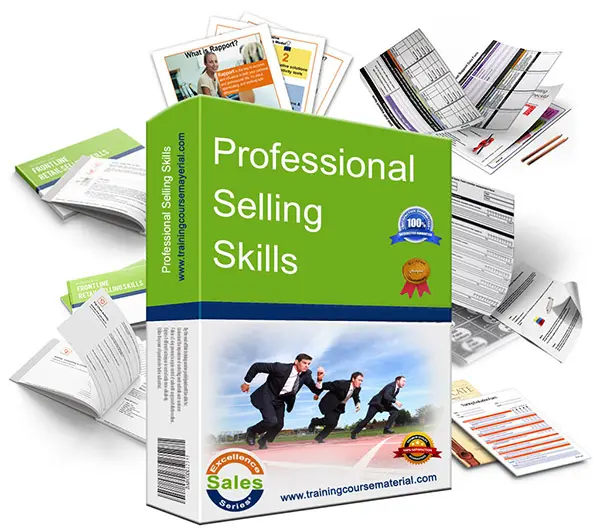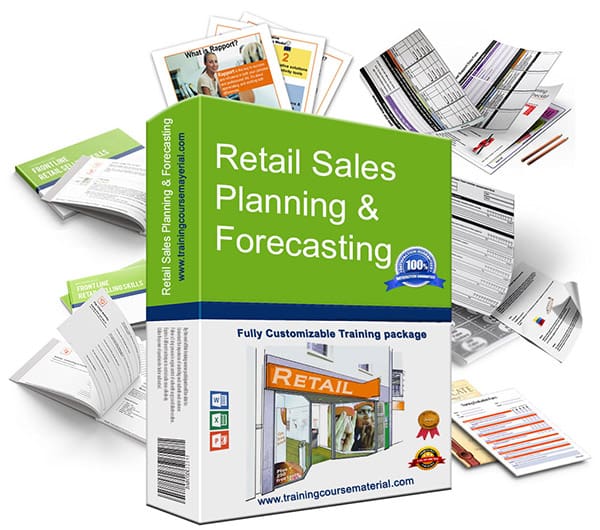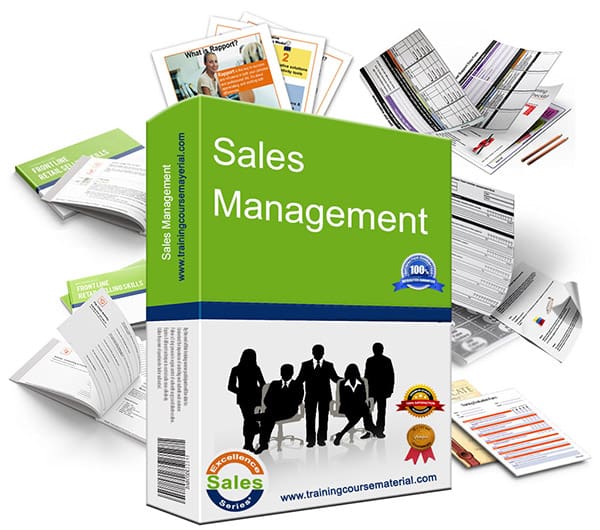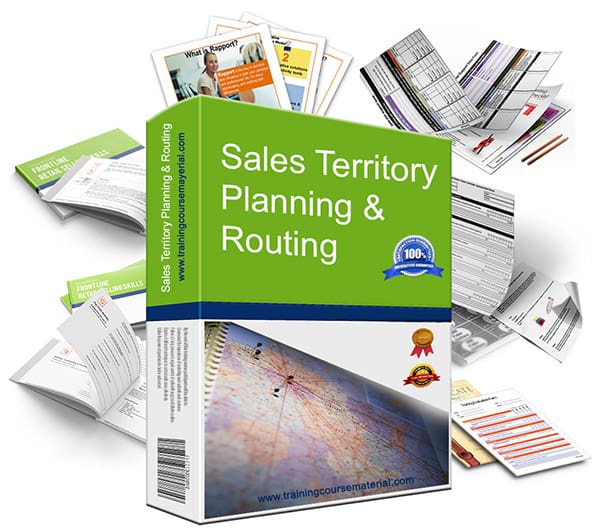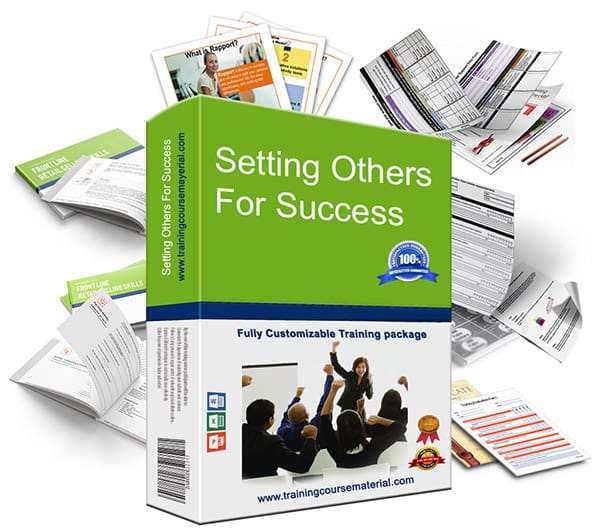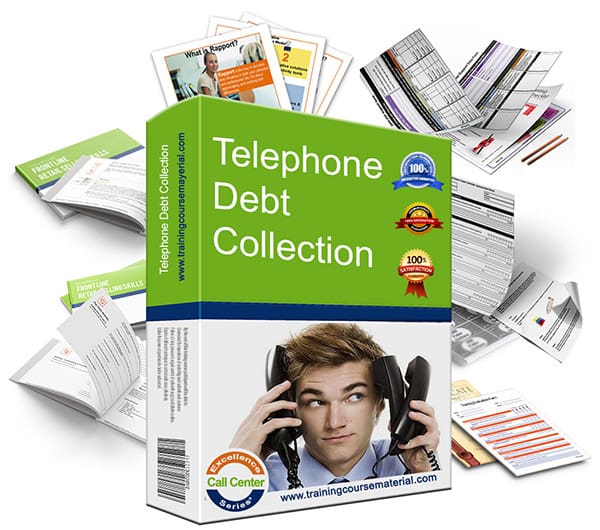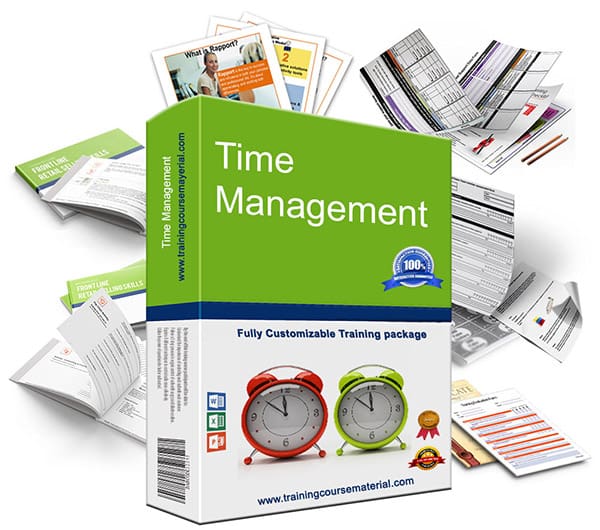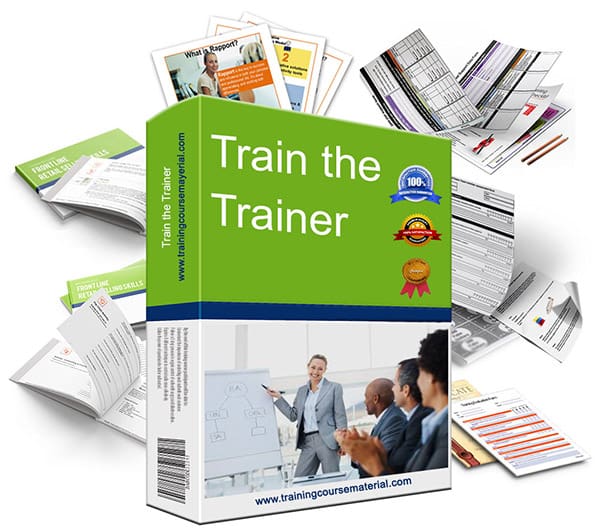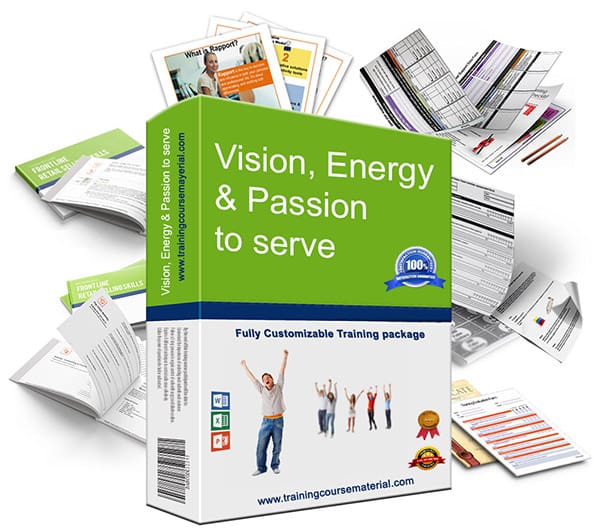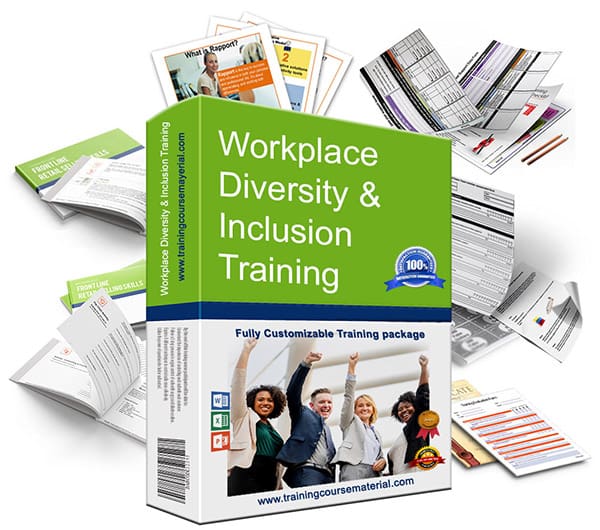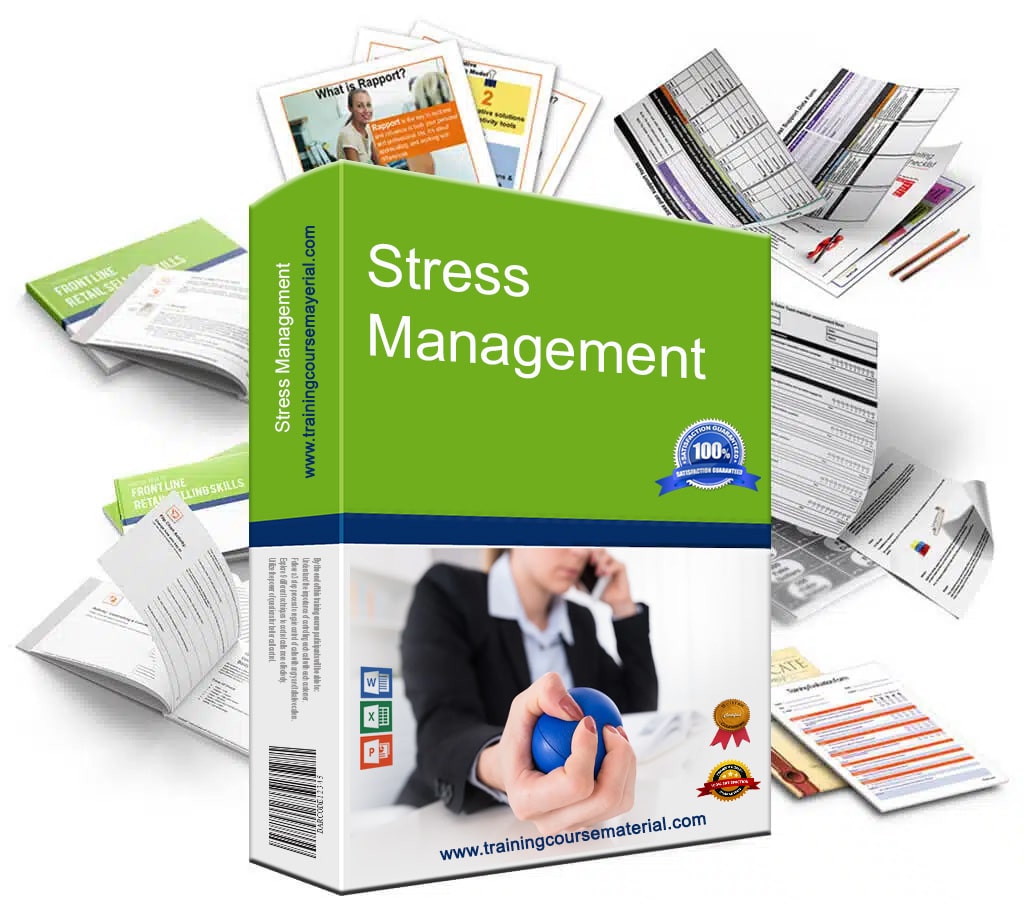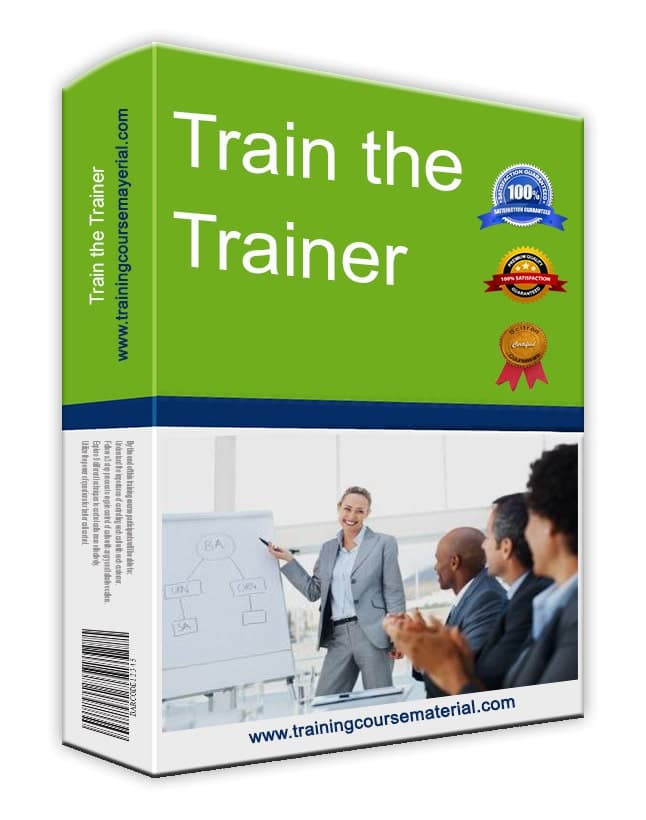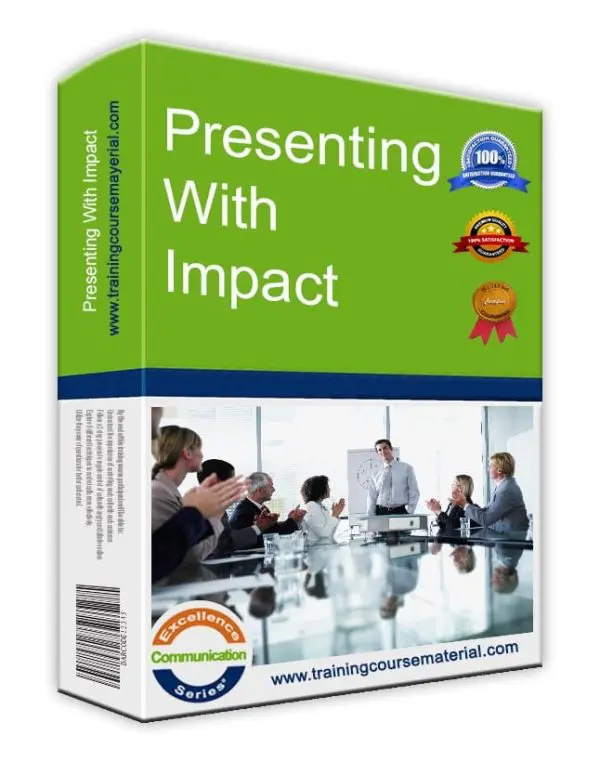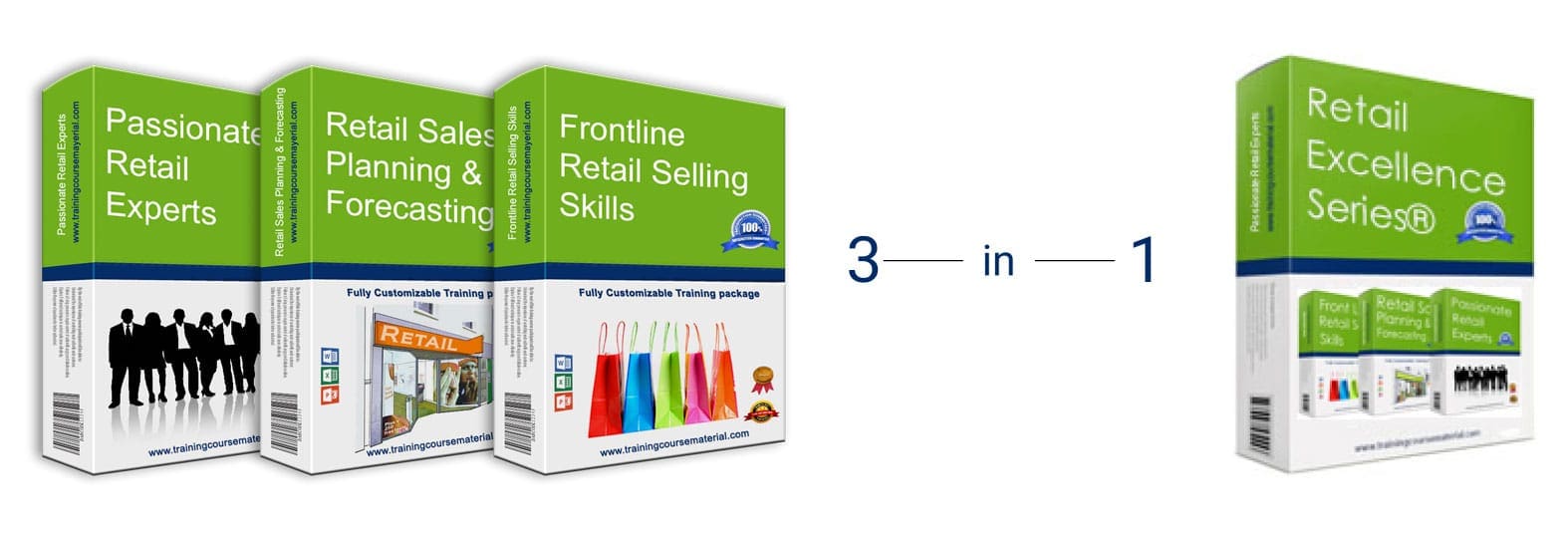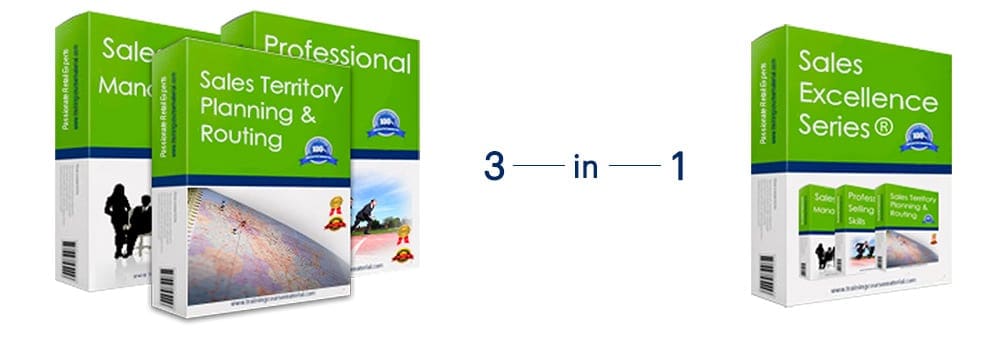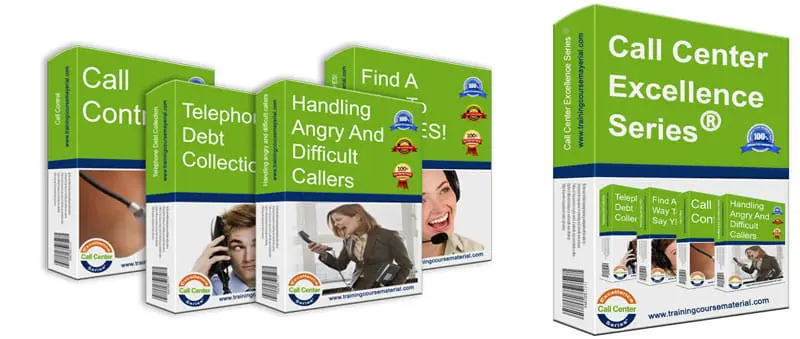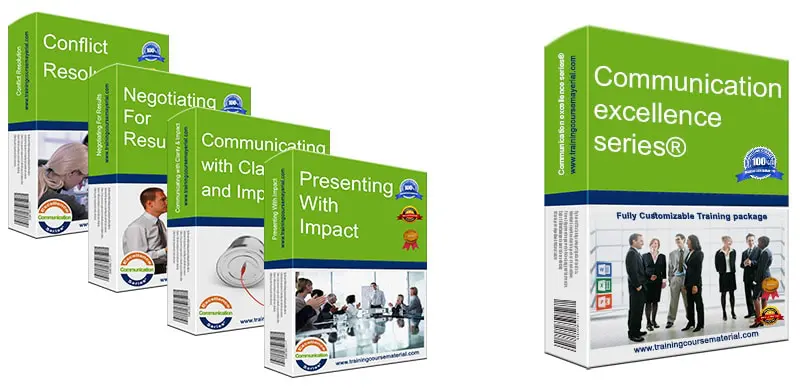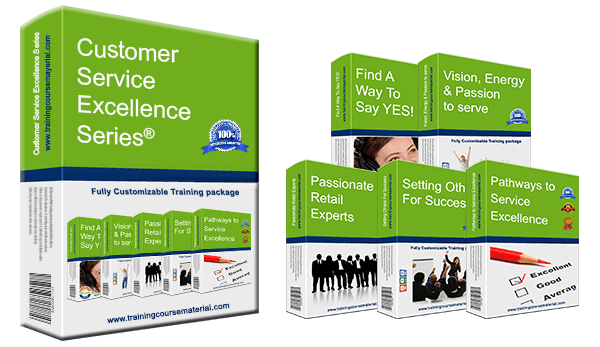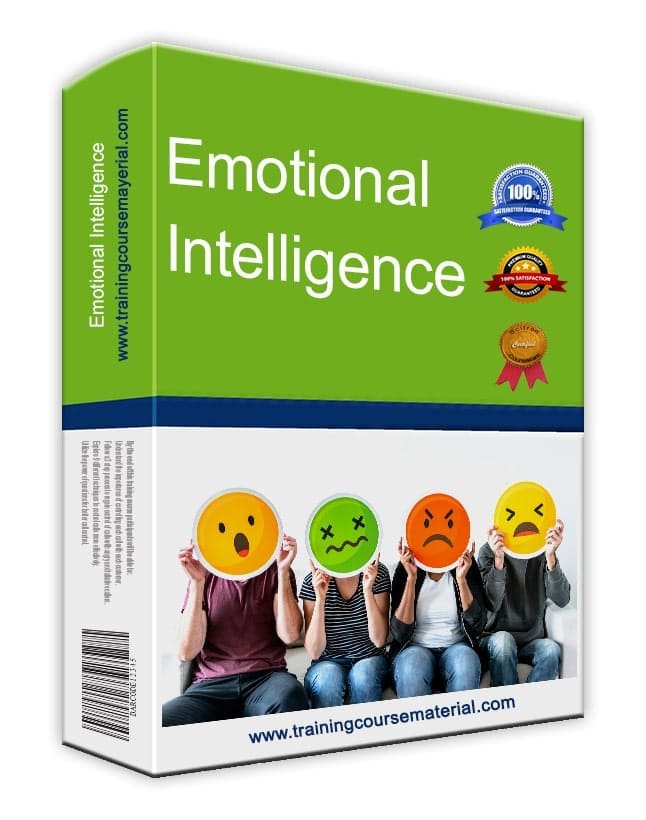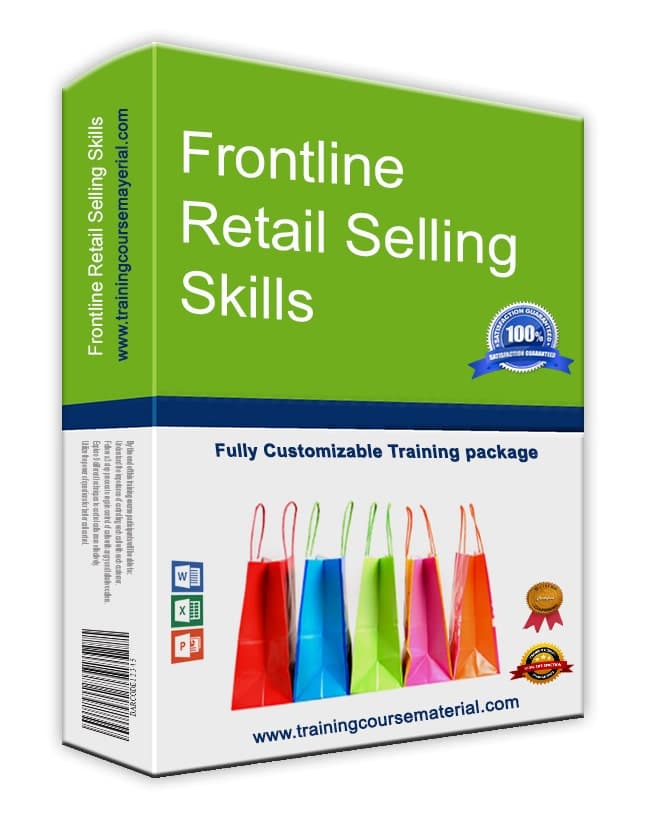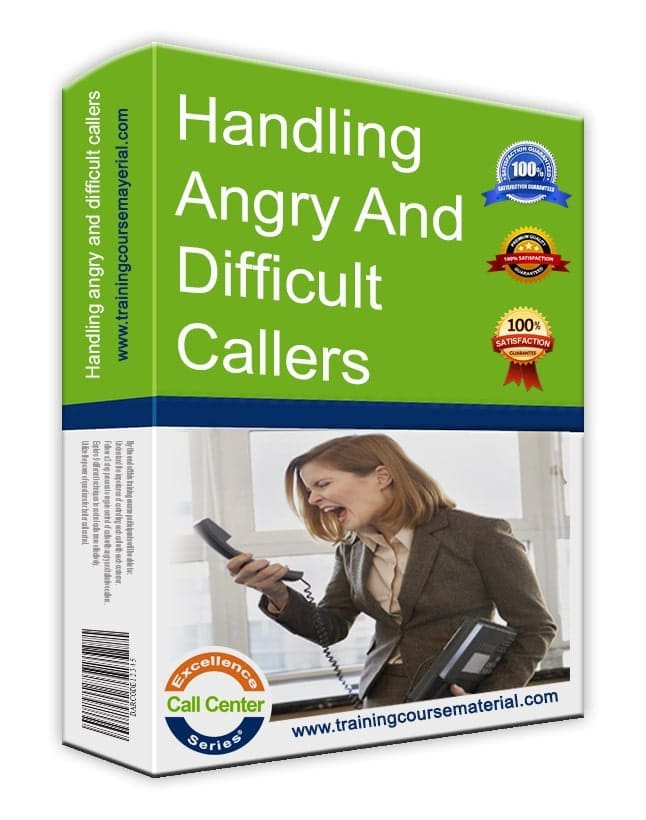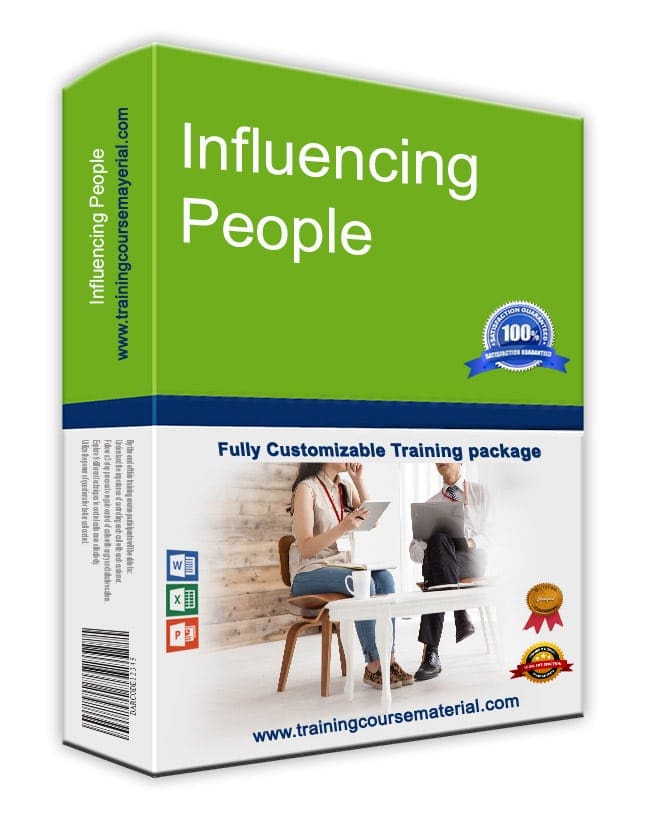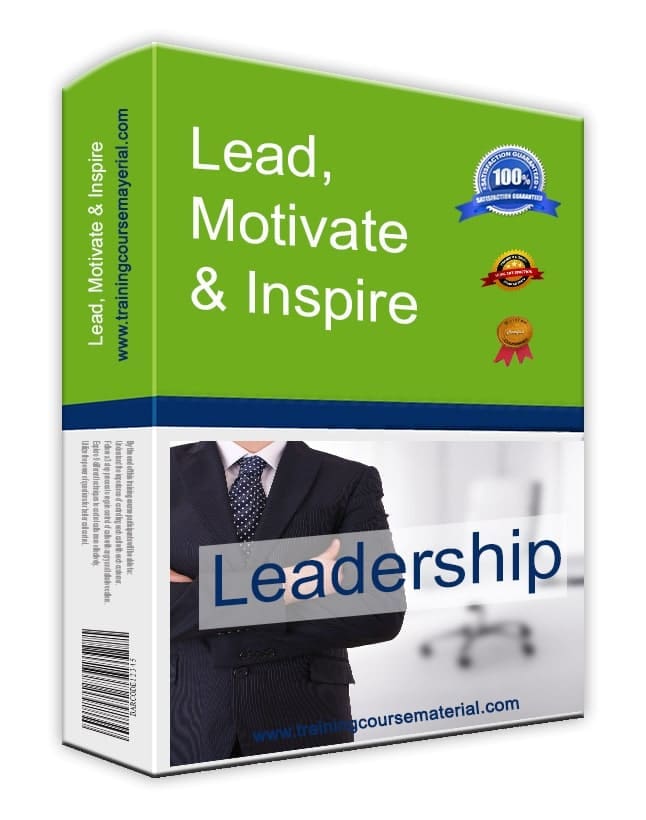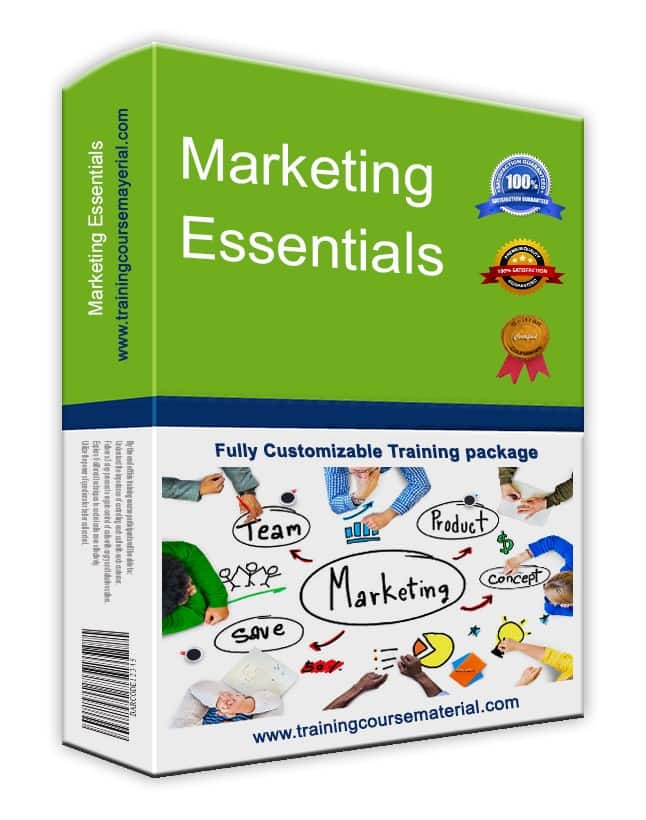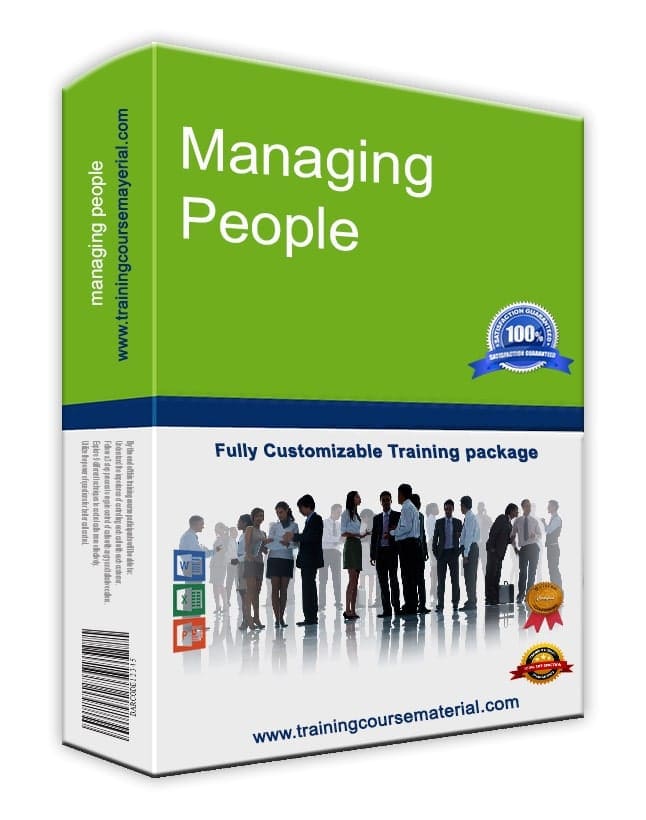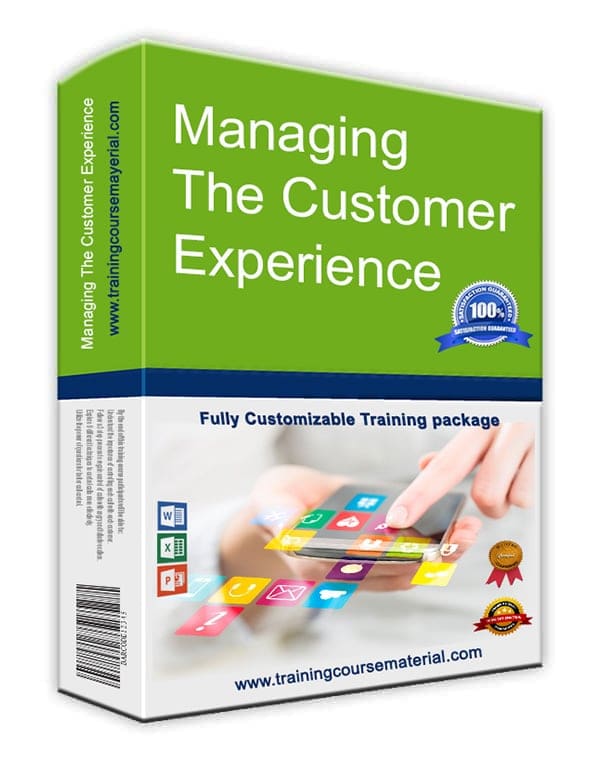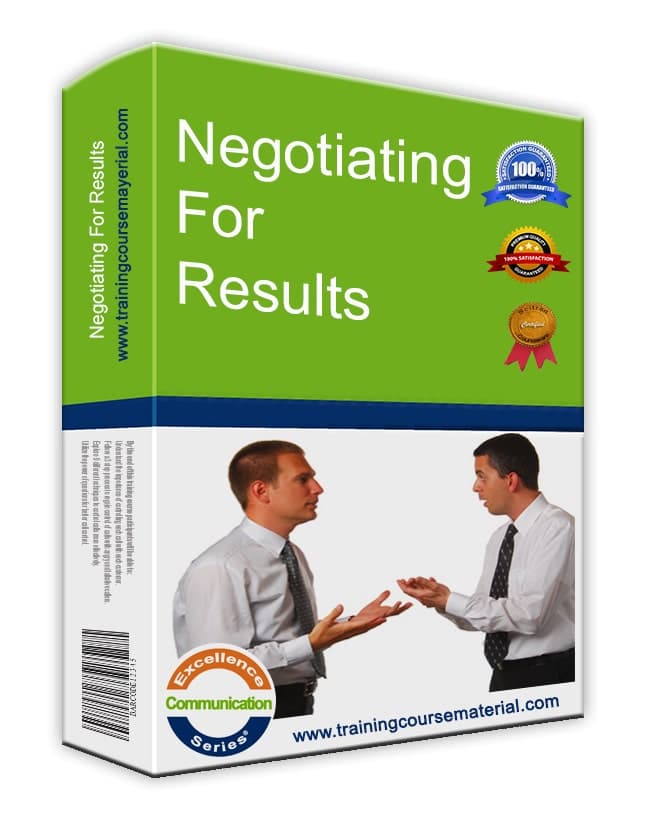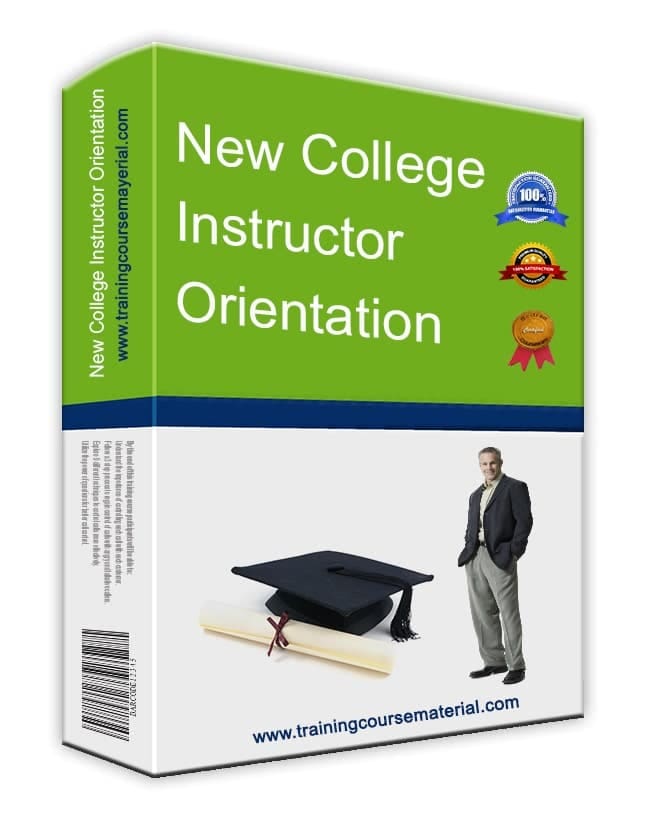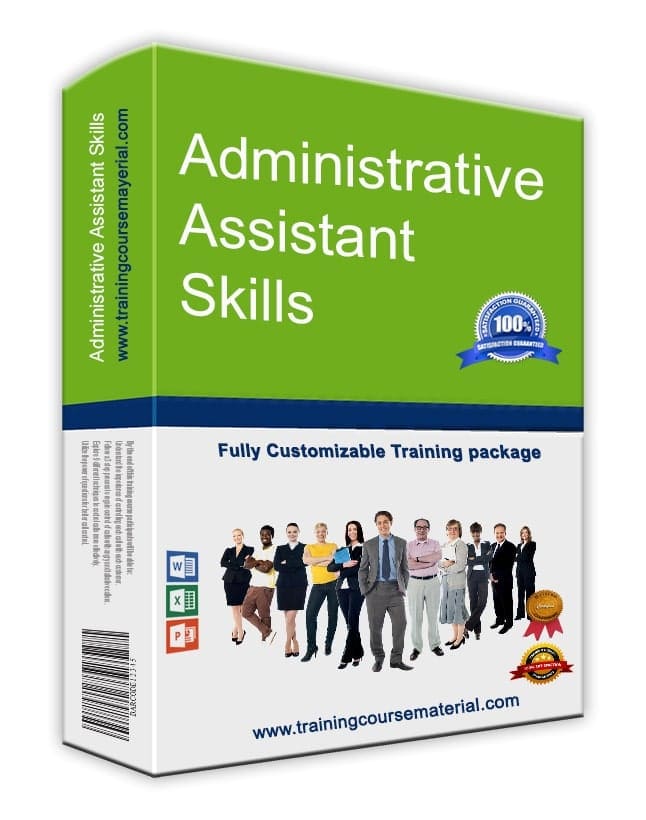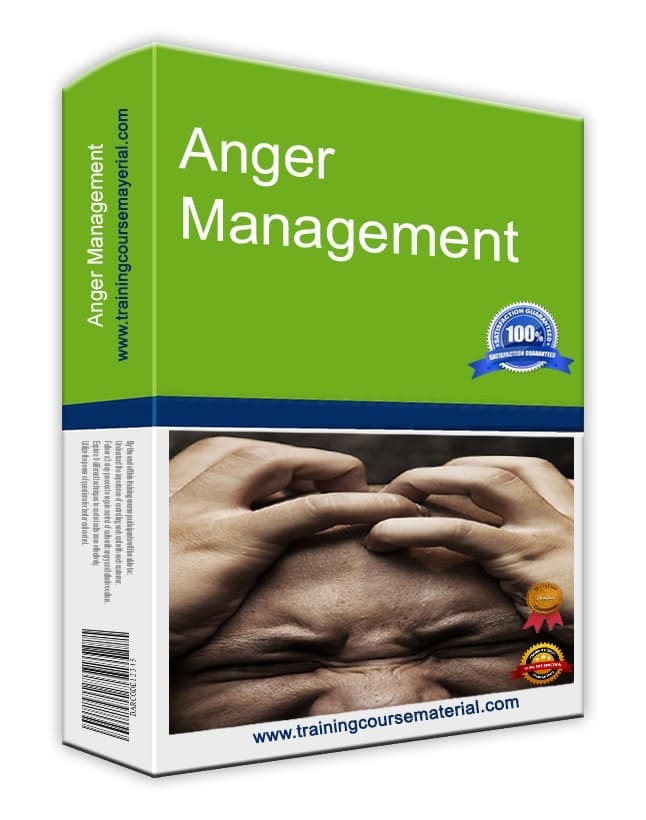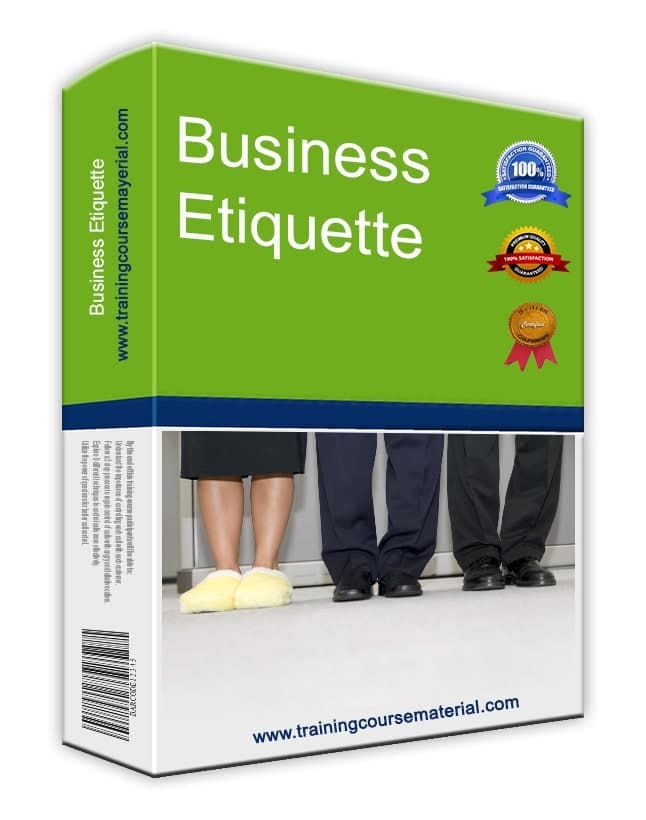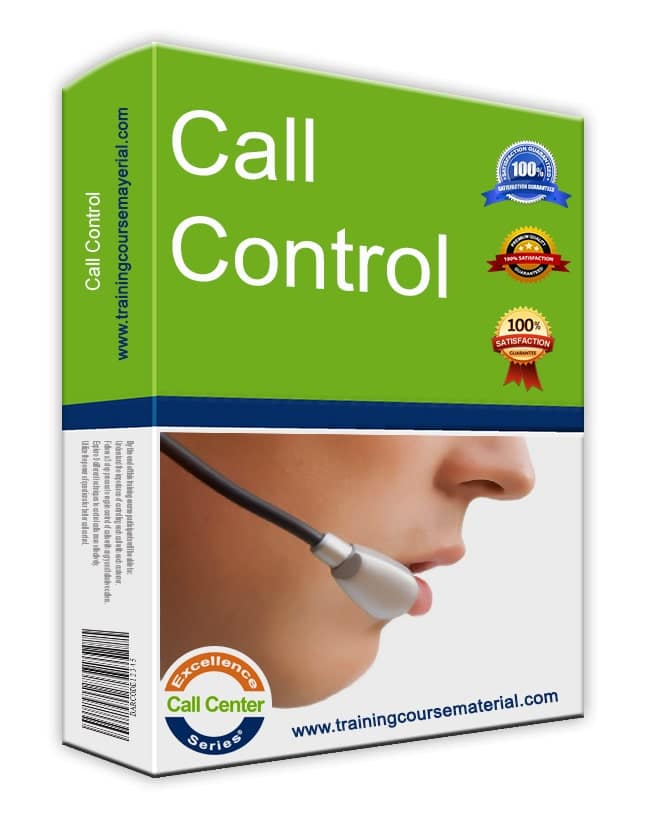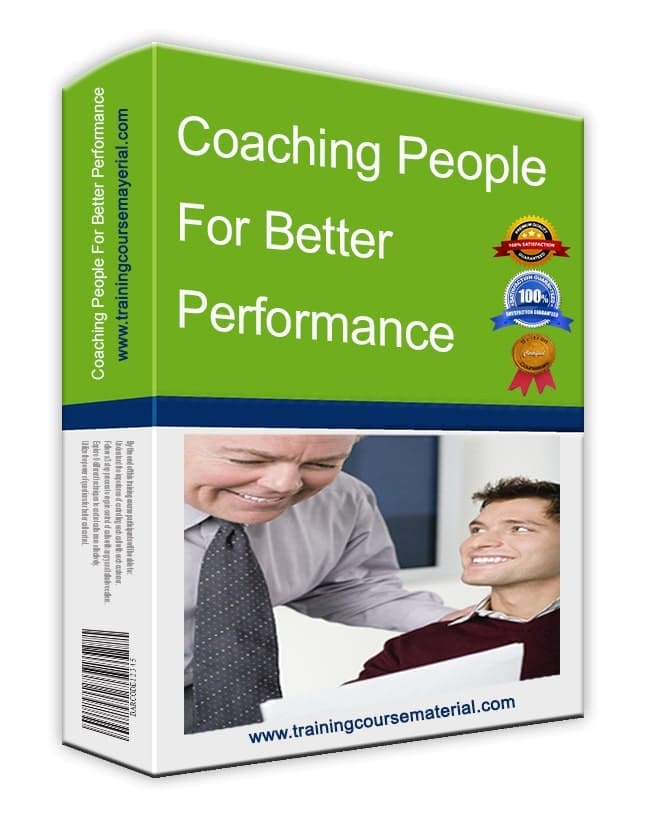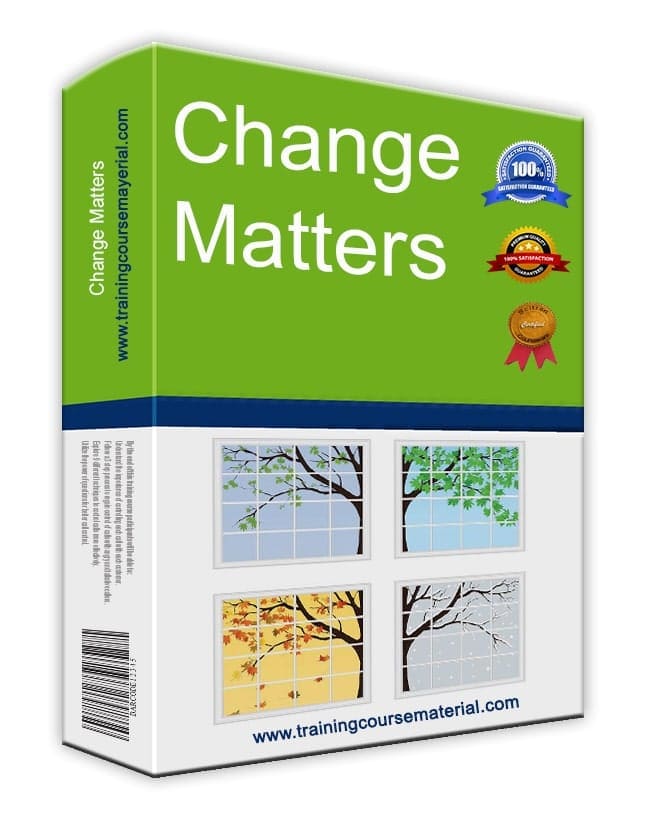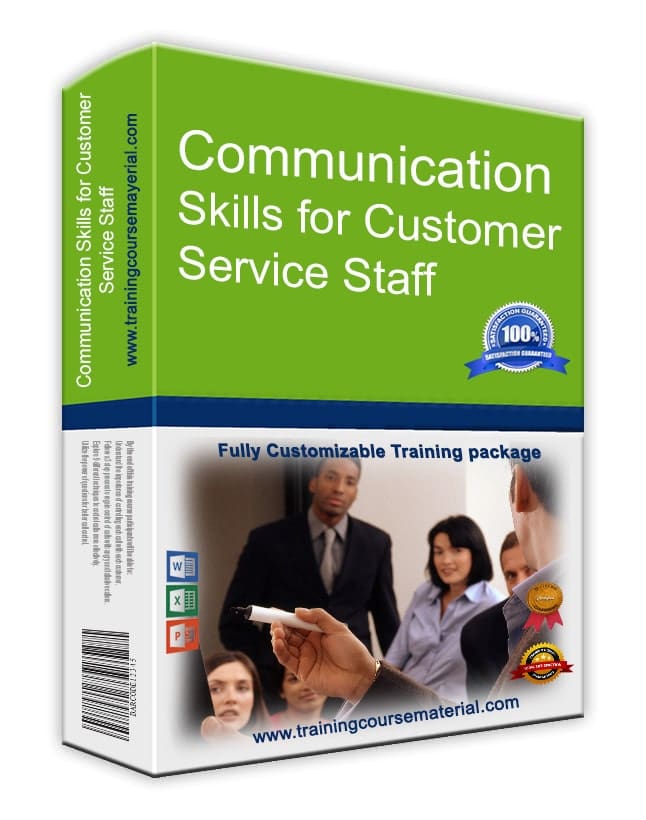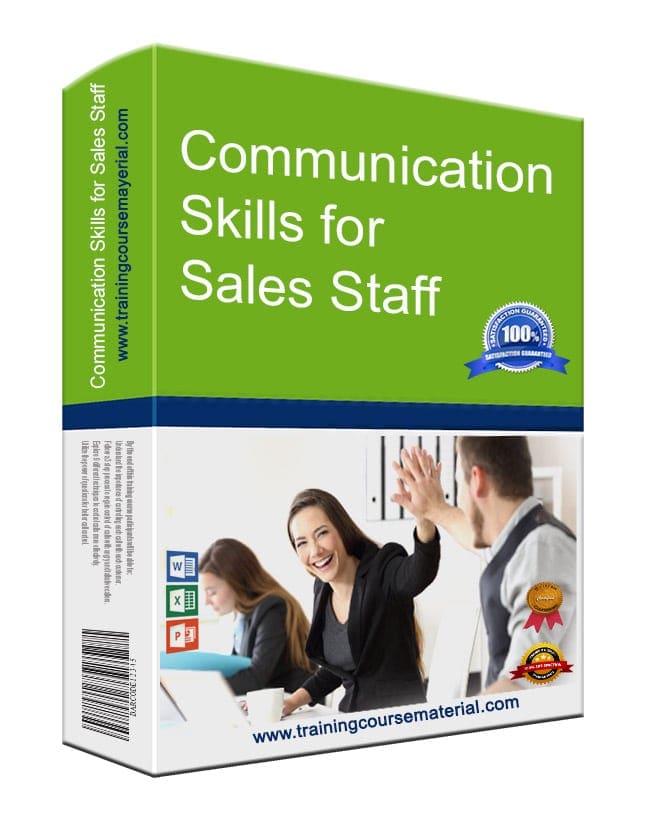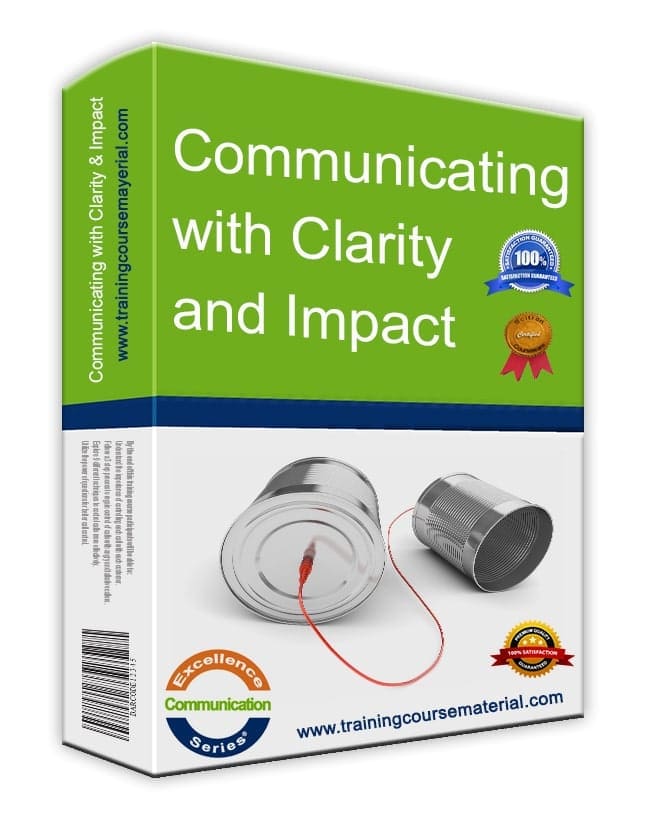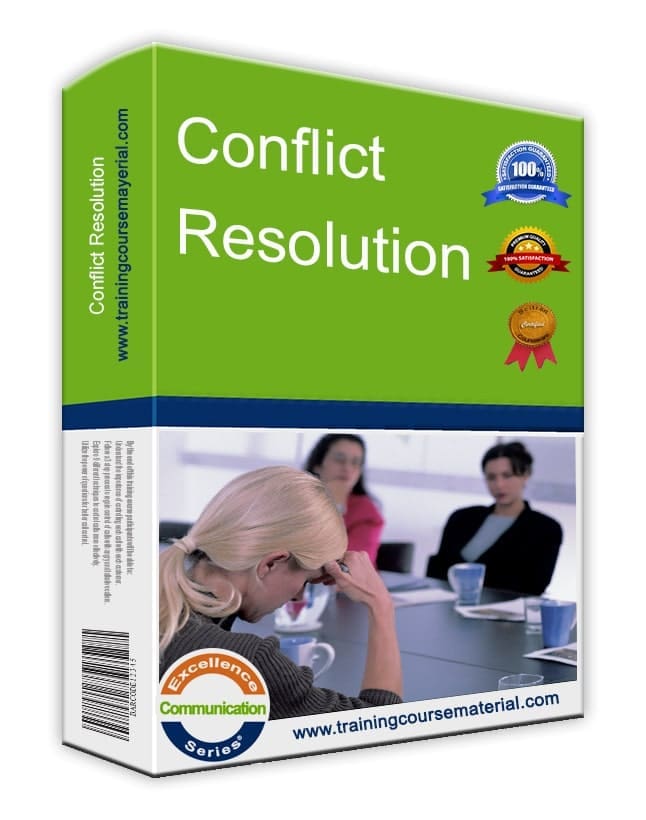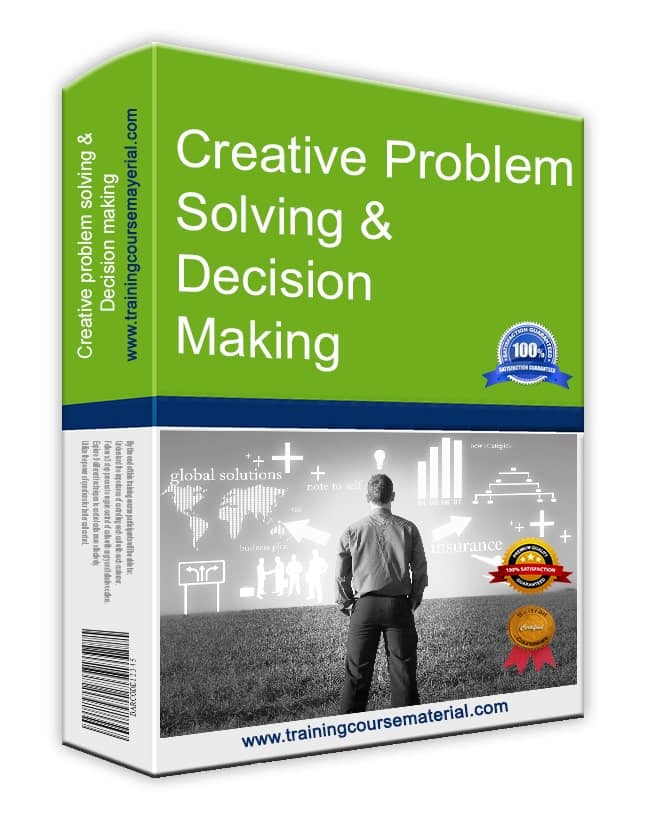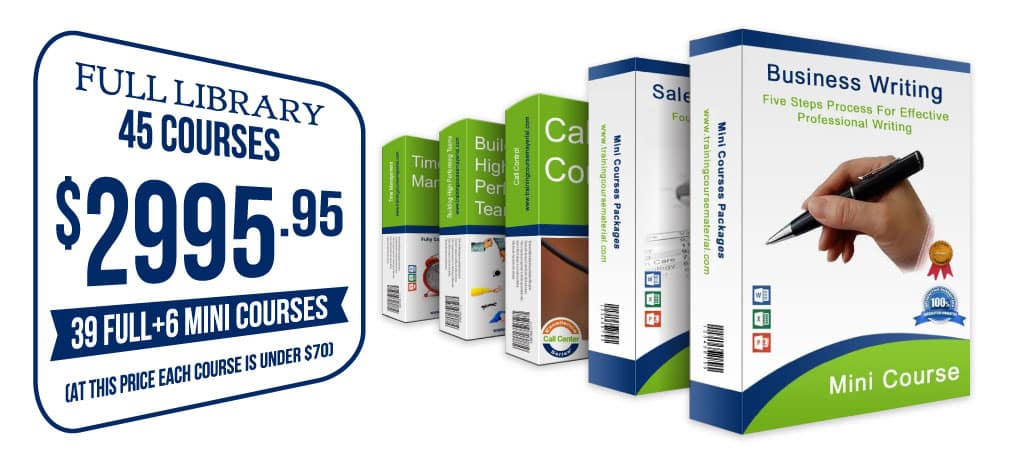By TrainingCourseMaterial.com
What do legendary sales minds like John Henry Patterson, Dale Carnegie, Elmer Wheeler, and Joe Girard have in common? They redefined how we sell—by systematizing the process, humanizing it, and injecting both logic and emotion into the pitch. Here’s what each brought to the table, and how their legacy still shapes selling today.
John Henry Patterson: The Blueprint Builder
Patterson didn’t just sell. He invented a system. He structured selling as a repeatable, teachable process—what we now recognize in programs like SPIN Selling, Solution Selling, and PSS. Without Patterson, process-driven sales might’ve arrived decades later.
Dale Carnegie: The Relationship Engineer
- Act As If: Change behavior to change mindset. Confidence is often a result of action, not the cause.
- Make Others Feel Important: Let your prospect feel like the hero of the conversation.
- Instill an Eager Want: Help them see how your solution meets their desires. Motivation beats manipulation.
- Dramatize: Turn dry facts into compelling stories that stick.
Carnegie also taught practical rapport-building strategies—listen actively, observe surroundings, echo what you hear, stay present, and resist the urge to impress too soon. His approach? Real connections sell.
Elmer Wheeler: The Phrase Crafter
Wheeler believed that words make or break the deal. His five rules—called Wheelerpoints—are still relevant:
- Don’t sell the steak—sell the sizzle.
- Don’t write—telegraph. Keep it short and impactful.
- Say it with flowers. Show proof, both factual and emotional.
- Don’t ask if—ask which. Give two positive options.
- Watch your bark. Delivery matters as much as the message.
Example? Instead of asking “Would you like wine?”, staff were trained to ask “Would you prefer red or white?”—and sales spiked. The message: language frames decisions.
Joe Girard: The Referral Master
The Guinness World Record holder for most cars sold by a single person, Girard’s secret was relationships. His Law of 250 stated that each happy customer could influence 250 others. His advice?
- Make every customer a friend.
- Deliver consistently. One bad experience burns bridges.
- Remember—trust fuels referrals, and referrals drive growth.
Practical Insight: “In our own workshops, we often reference Wheeler’s principle ‘Don’t ask if—ask which’ when training new sales reps. It’s simple, and it works.” — TrainingCourseMaterial.com Sales Trainer
About the Author
TrainingCourseMaterial.com provides ready-to-use, customizable sales and soft skills training materials trusted by trainers and managers worldwide. With over 15 years of experience in delivering results-focused content, our team of certified trainers and course developers brings real-world sales knowledge into every program we design.
📦 Explore Our Sales Training Packages
Looking to deliver powerful sales workshops? Browse our Sales Excellence Series, which includes full training material packages on:
🧠 Learn More About Your Selling Style
Understanding your personality and communication style can enhance how you apply the sales lessons above. Take our quick Personality Style Self-Assessment and discover how it influences your approach to customers.
Which of these sales legends resonates most with you? How do their ideas show up in your own selling style?
We’d love to hear your thoughts—share your take in the comments or email us with your story.
Reviewed and fact-checked by the TrainingCourseMaterial.com editorial team on . Originally published September 2021. Estimated reading time: 7 minutes.

